Today hidden in the depths of the Arabian Sea, the legendary city of Dwarka was once the famed capital of the Chandravanshi Kshatriya (Lunar Dynasty) scions of Vrishni and Lord Krishna. This city The city of Dwarka has been the subject of several Hindu texts, beginning from the Mahabharata to it’s appendix the Harivamsha and several Puranas.The city, referred to as Dvāravatī or Kushasthali was supposed to be located on the western coast of India and is roughly correlated in location with the modern Dwarka town of Gujarat, located in the Okhamandal Peninsula on the Gulf of Kutch.
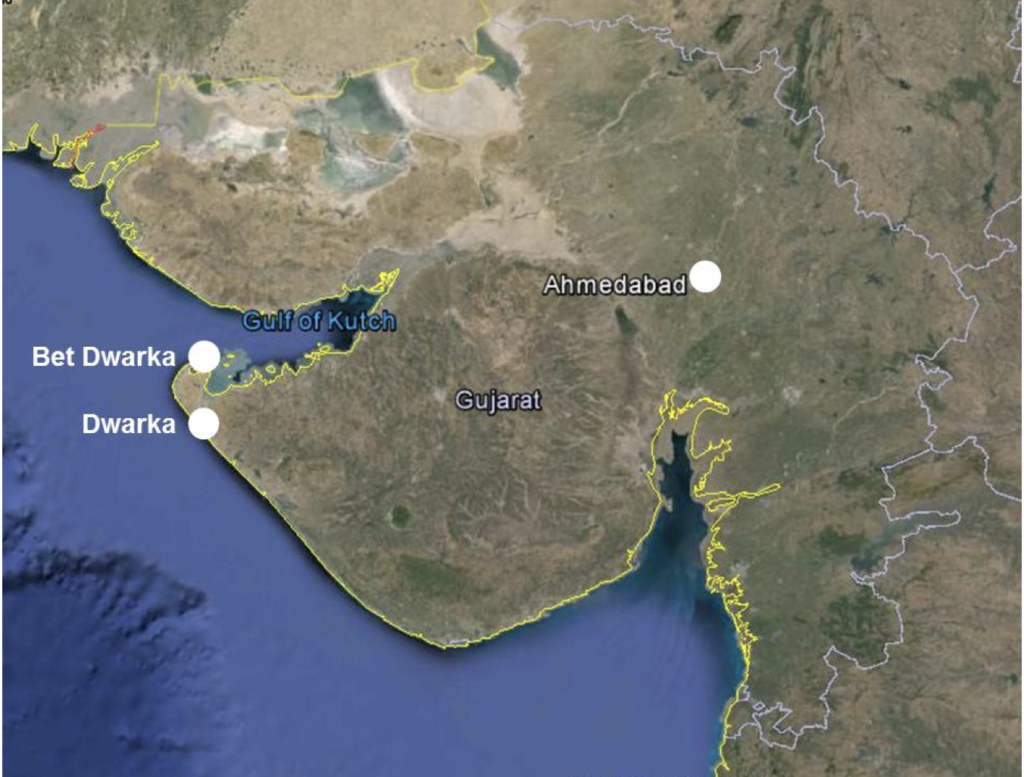
Dwarka in Texts: History and Legends
The earliest mentions of Dwarka occur in the Mahabharata. Vana Parva refers to Krishna mentioning Dwarka as his residence. It is described as a well-planned city with a fortified wall, intersecting streets, lavish houses, chariots, horses and musical instruments. Sabha Parva, describes Dwarka as having a grand palace of Krishna and individual palaces of his wives along with an imperial court known as Sudharma.
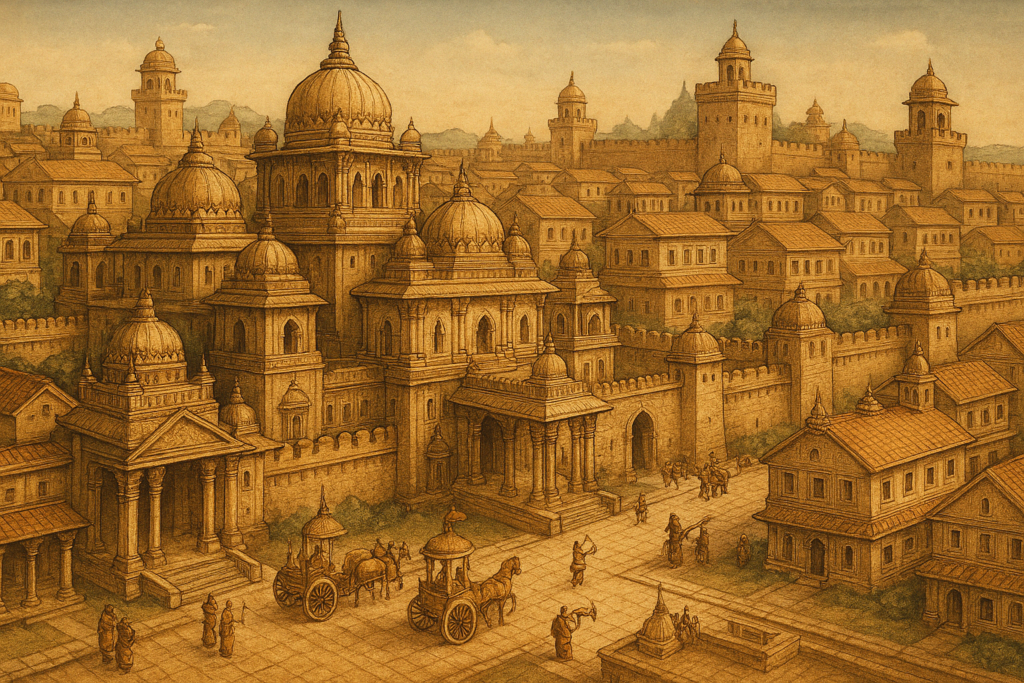
Identification of the City
Present-day Dwarka city has been identified as the Dvārakā of the texts by prominent saints including Adi Shankara, Ramanuja, Madhava and Bhakti poets like Mirabai and Ramdas. The western Matha of his four Mathas was established by Adi Shankara in the present town. The present Dwarka is a prominent sacred town due to its identification as the capital of Lord Krishna, making it significant for the Vaishnavite sects of Hinduism. Epigraphical evidence for the identification is given by an edict of the Garukala King, Simhaditya(574 AD), which refers to his father as ’Dvarakadhipati’. Ptolemy also mentions an island in the Gulf of Kutch as ’Barake’, a reference most probably to Bet Dwarka. The most prominent temple of Dwarka is the Dwarkadhipati temple, whose present reconstructed form dates to the 15th century AD although the foundations are of an earlier age, possibly 3rd century BC. The river Gomti runs through the town, emptying into the Arabian Sea, as also described in the Skanda Purana. The island of Bet Dwarka, also associated with the city of submerged Dwarka is located 25km north off the coast from Dwarka.

Excavations in the coastal town of Dwarka
Earliest archaeological findings were made by a local engaged in the hobby of collecting potsherds and antiquities, discovered when ground was dug for creating foundations of houses. Excavations in 1963 by Deccan College, Pune led to evidence of a city, at least of the 2nd century BCE, buried 9m beneath the sand. Excavations by Dr SR Rao in 1979 established the presence of a Vishnu temple assignable to the 1st Century BCE near the Dwarkadhish temple in Dwarka. Two other temples, assignable to the 2nd Century AD and 9th century AD were also found that were submerged and destroyed by coastal erosion. The most important discovery was that of a settlement around 1400 BCE that was destroyed, which could correlate with the Dvārakā of Krishna. Dwarka was a port town in the ancient and medieval age and the area near the mouth of Gomti river, possibly contained elaborate docking facilities. Bolstering this line of thought, on marine exploration, triangular three-holed anchors were found, indicating the presence of an ancient port. Similar anchors are found in the Late Bronze Age in Syria and Cyprus, indicating the possible sea trading routes from Dwarka.
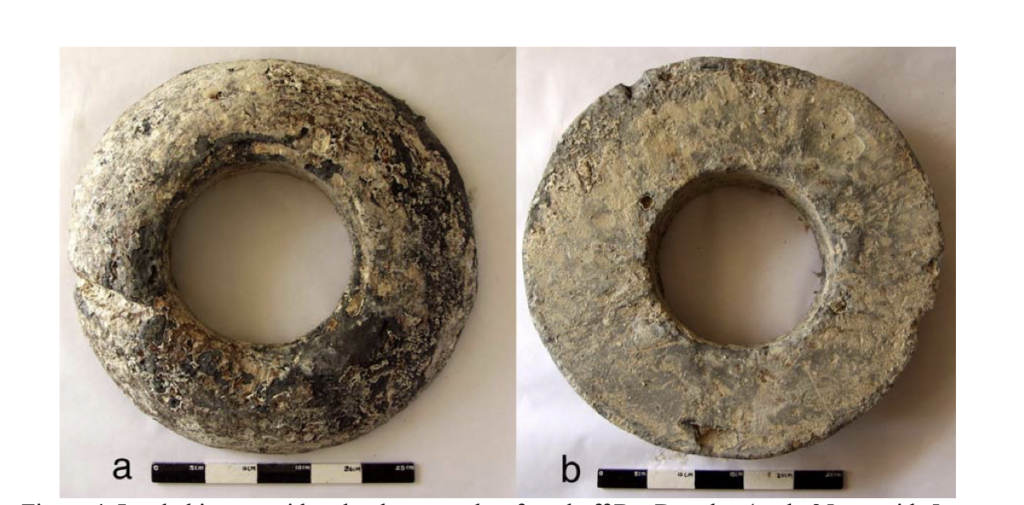
The Earliest Land Reclamation Project in History
Harivamsa details the construction of the city. The city is described as largely built on ‘submerged land’, ‘released by the ocean’, alluding to land reclamation as important to the construction of the city(similar to modern-day Mumbai). An expedition in 1986 to the present day location, led by the National Institute of Oceanography and Dr. Rao, discovered remains of a bastion that was constructed on the foundation of stone boulders. This indicated that the builders took steps for reclamation of land from the sea for construction which corroborates with the claim in Harivamsa of a city being built after reclamation.
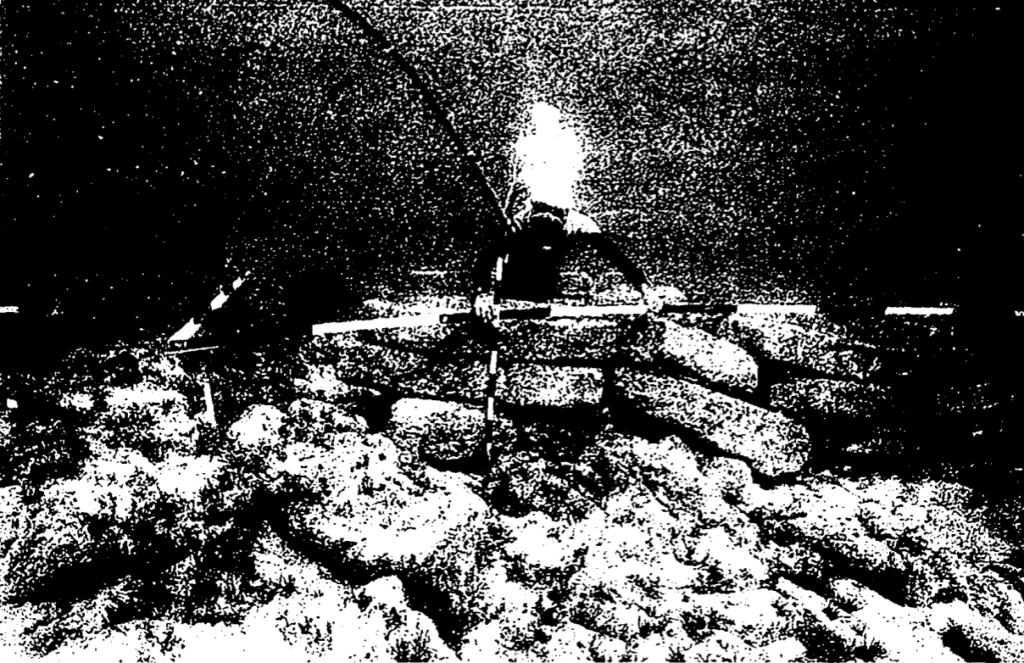
Marine Excavations at Bet Dwarka: Discovery of a Protohistoric Settlement
Mention of Dwarka as ’Varidurga’(fortress in the sea) in texts raises a possibility that Dwarka of Krishna may have been or included an island. In 1981, a wall was discovered on the island of Bet Dwarka, dating back to the protohistoric period, suggestive of an early settlement on the island (roughly 1500 BCE). The wall was later verified to be a double-walled fortification. Bathymetry data suggests that Bet Dwarka was connected to the mainland 4000 years ago. Two important discoveries settled the question of Bet Dwarka as a settlement around the late Harappan period. A seal was discovered with a three-headed figure inscribed on it. The figure, a mix of a bull, a unicorn and a goat is likely of Indus origin but has influences of art from Bahrain. This seal was used for commercial purposes and reflects the commercial nature of Bet Dwarka (as a port town). The seal also corroborated a statement in the Mahabharata that “seals were used by the citizens of Dvaraka”. Bet Dwarka was also an important centre for shell-making in the late Harappan and historic period. The settlement of Bet Dwarka has continued from the late Harappan period (latest) to the historic and modern period with periods of interruptions.
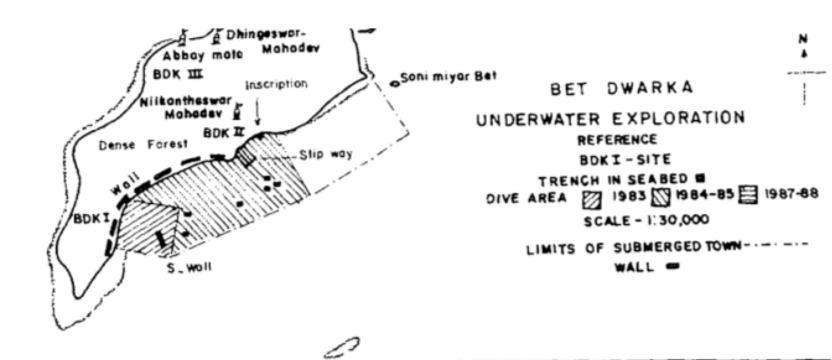
Dwarka: A Flourishing Port
During the excavations at Dwarka, more than 50 stone anchors were discovered. Dr Rao comments, ”it may be said that Dwarka was the largest port of the mid-second millennium BC on the Indian coast and its arms of trade extended to Bahrain and perhaps to Cyprus or Syria”. Iron anchors belonging to the 1st century AD were also found. The discovery of slipways on Bet-Dwarka island also indicate that shipbuilding was a flourishing industry in the Dwarka region. The excavations at Bet Dwarka yielded remains of three rock cut slipways or jetties, possibly used for launching of boats in the protohistoric period. The slipways were dated to the later half of the second millenium BCE. Presence of Roman artifacts on Bet Dwarka suggests trade with the Mediterranean in the late first millennium BCE through the island.
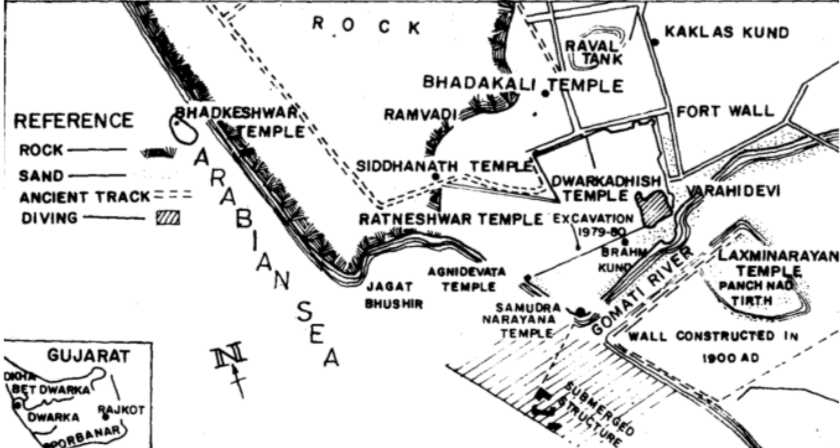
SR Rao: A forgotten legend
Dr. Shikaripura Ranganatha Rao was an Indian archaeologist, who led teams credited with discoveries the legendary Harappan port city of Lothal and conceptualised the expeditions to Dwarka, in search for the legendary city. Dr. Rao served the National Institute of Oceanography as its director and authored several articles of repute, including a two volume text on Lothal. He also attempted the decipherment of the Indus Valley Script and was convinced of it’s similarities with ancient Sanskrit, a claim which remains hotly contested.
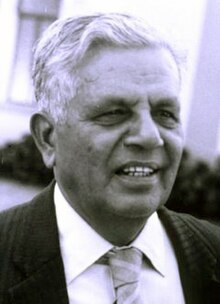
Concluding Remarks
The Dvārakā of the texts aligns closely in description with archaeological discoveries and dating. The island of Bet Dwarka emerges as the strongest contender for the location of the city of Dvārakā in lieu of the archaeological findings that establish the presence of a protohistoric settlement and port on Bet Dwarka in the protohistoric period, around the Mahabharata age. It is also possible that the entire region was included in the kingdom of Krishna and that Bet Dwarka was connected to the mainland via land bridge around 2000BCE. The findings also attest to the advancements in ancient India in areas of land reclamation, harbour construction, shell industry and maritime trade. These findings also serve as an important source to authenticate the identity of Mahabharata and the Harivamsa as texts of significant history and the historicity of Krishna and the Mahabharata war.
With the government, recently announcing fresh expeditions to the site of Dwarka, we can expect even more exciting findings in the coming years on this important topic that bridges the gap between scriptural and archaeological history of India.
Discover more from Drishtikone
Subscribe to get the latest posts sent to your email.
